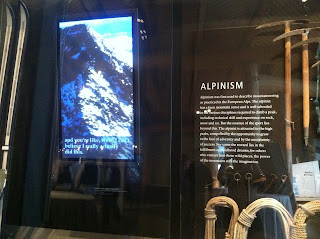On the return trip this past Thursday evening through West Yellowstone, a late setting sun heightened everything.... its already golden colors, the dark blues of its rivers, the steam from geysers and the unpredictability of its wildlife.
 |
| Grizzly West Yellowstone |
 |
| Geysers and Sunset in West Yellowstone |
Just around the west river bend were fly fishermen waist-deep in their craft and a large grizzly feeding off vegetation near the stream. I stopped for photos, mindful of the 100 yard distance we advise others to keep. It was a moment to just take in.
I was in awe of the vastness of space that the grizzly both had and needed.
Further out there were herds of elk and a bald eagle perched on what remained of a conifer.
As the night sky opened up I opened up my jeep's moon-roof, turned up the heat and drove under a half-moon that lit up the Mountains and its valley below. I tossed the map. Everything ahead fell under a dark blue. All I had to do was follow the strong sillouettes of the Teton peaks and let them lead me home.
There was a purpose for going to Big Sky.
Thanks to an invite from Scott Kuipers, Wilderness Survival and Skills Instructor and Guide, I had the chance to participate in the 26th Annual Wilderness Medicine Conference in Big Sky - which draws outdoor enthusiasts and people in the medical field from all over. It was an opportunity to learn and practice wilderness medicine and an exposure to the medical and outdoor expedition communities.
Scott and fellow instructors, Philip White - Fire Chief of South San Francisco Fire Dept and FEMA instructor, as well as Gary Kibbee, Navy Seal and Special Forces Survival Instructor, asked me to assist with the instruction of Wilderness First Aid to kids ages 6-12. The hope is that teaching and repetition of hands-on material to young children will help establish a basic foundation of medical emergency awareness, vocabulary, and responsiveness to others who are in need.
The opportunity was mine to take in Big Sky - applying last year's Wilderness EMT training, my love of outdoor expeditions, and years of teaching.
 |
| Helping Teach Wilderness First Aid in Wilderness Medicine Conference Big Sky, MT |
 |
| Philip White, Fire Chief S. San Francisco FD and FEMA |
 |
| Scott Kuipers, Wilderness Survival and Skills Instructor |



































